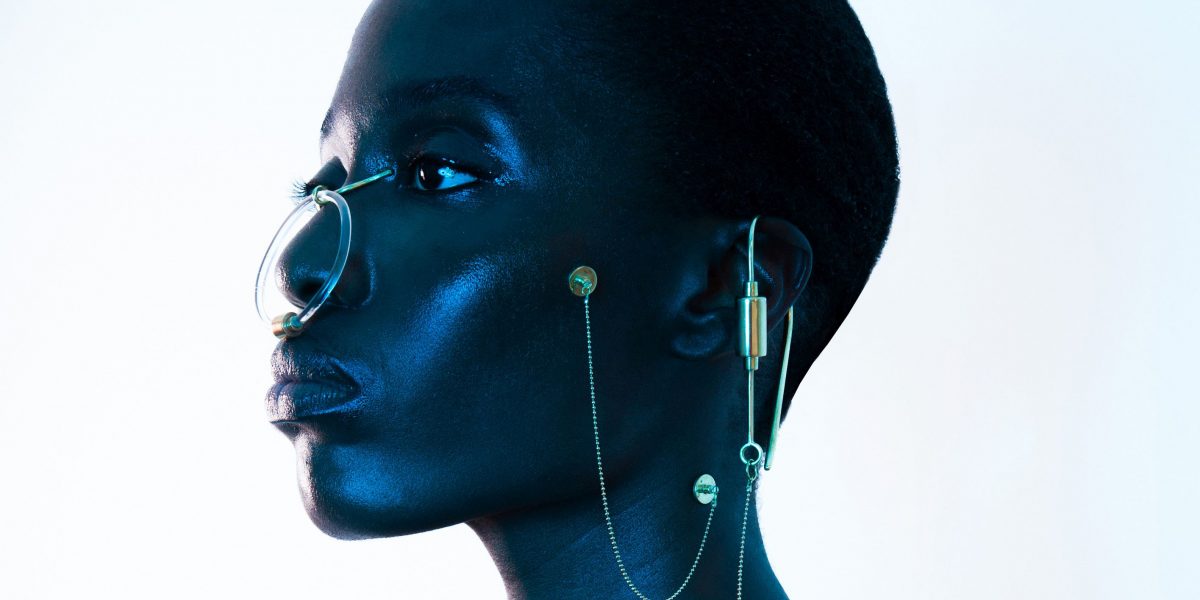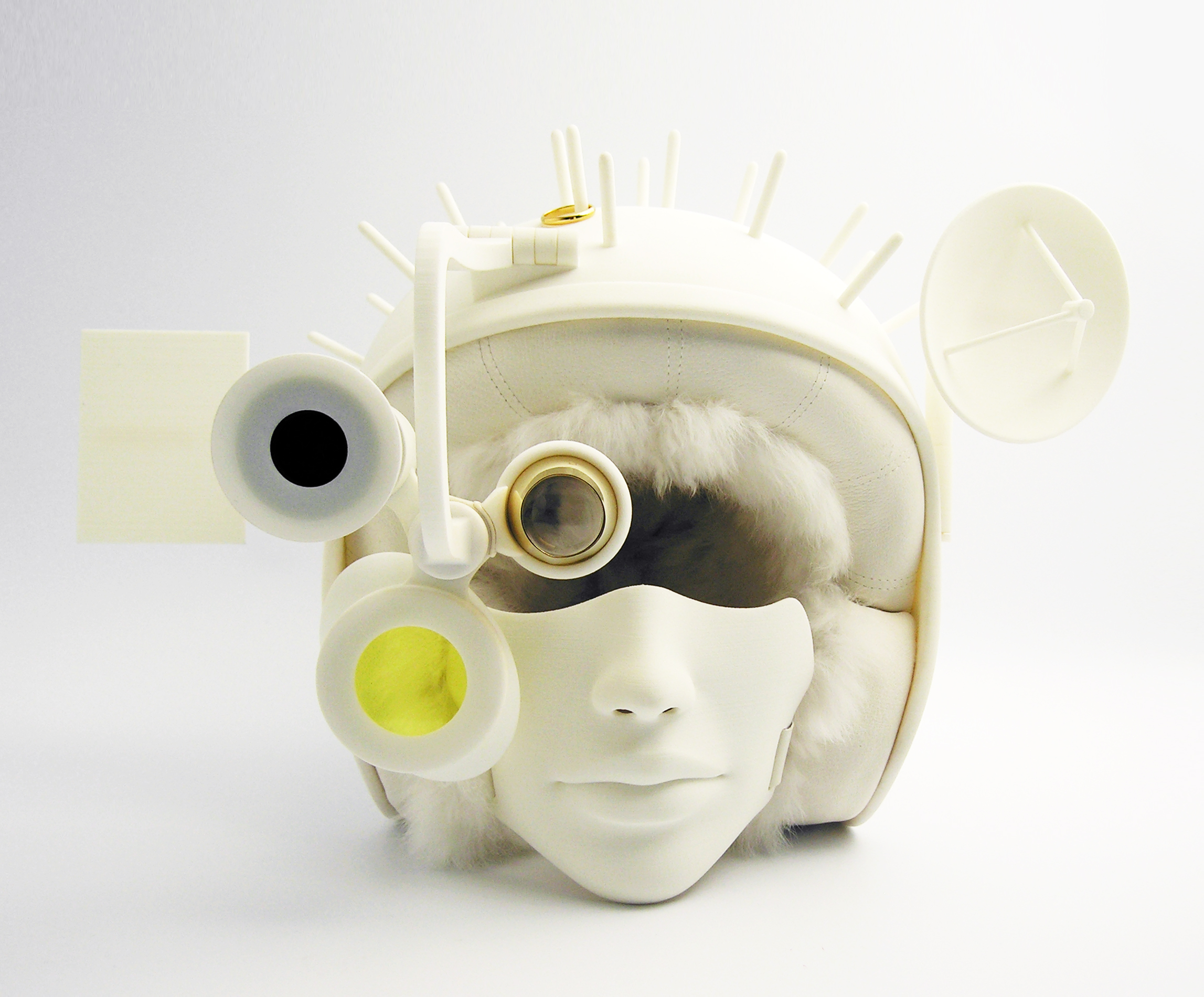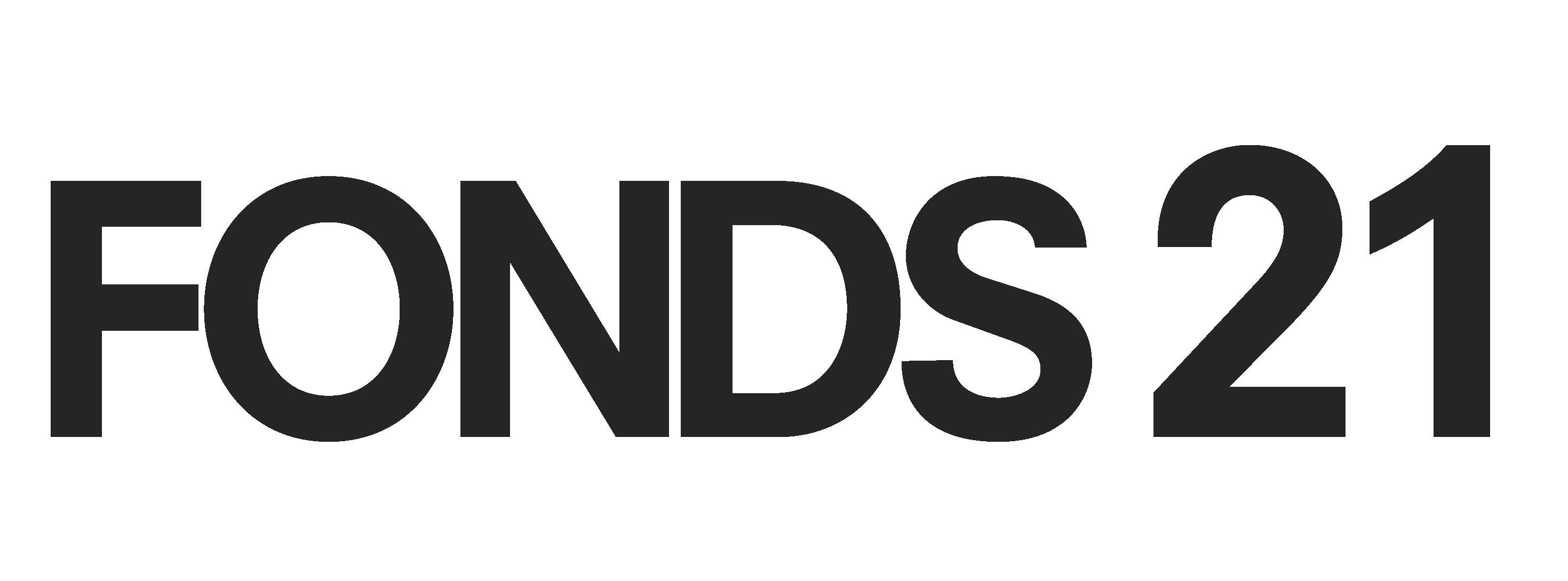Bodydrift – Anatomies of the Future
What does the future of the human body look like? In this exhibition, artists and designers explore the moral and technological boundaries of the body. Humans are improved, protected, made more attractive. This process has been going on for ages, but it has reached its zenith in light of current technological advances. ‘Bodydrift – Anatomies of the Future’ is about the recent history and future of our bodies. It gives an overview of the current state of affairs and presents a speculative exploration of the new human. Bart Hess and Harm Rensink create a spectacular exhibition design.
With work by Ted Noten, Ana Rejcevic, Walter Pichler, Lucy McRae, Bart Hess, Zach Blas, Heather Dewey-Hagborg, Neri Oxman, Frederik Heyman and Sara Nuytemans, among others.

ALLIAGE -Cu29Zn30 by Loan Favan, photography Angeline Behr
From ‘objects to wear’ to ‘beyond the body’
The exhibition’s starting point is the Design Museum Den Bosch’s collection of modern jewellery. These wearable sculptures are accompanied by early and revolutionary attempts to connect humans and technology, such as the renowned ‘TV Helmet’ – a portable living room by the avant-garde designer Walter Pichler. But the blending of human and machine is interrogated too: in her ‘Biometric Mirror’, for example, Lucy McRae invites viewers to look in a mirror. Rather than a reversed image of reality, however, what they see is an idealized face generated by algorithms. ‘BodyDrift’ also features projects that leave the natural body behind. Fredrik Heyman makes exuberant digital tomb monuments, Neri Oxman develops exquisite death masks and the fashion collective The Fabricant designs virtual clothing.

Ted Noten, 7 Necessities – Trophy Helmet

Ana Rajcevic, ANIMAL
Interactive exhibition
‘BodyDrift – Anatomies of the Future’ not only shows you how the human body is changing, it changes your own body too. Step into Walter Pichler’s portable living room, gaze into Lucy McRae’s ‘Biometric Mirror’, have your emotions traced out by a biometric robot arm, or study the average face of all previous visitors in ‘Facing Average’ by Joep Truijen: your body will never seem the same again.
Posthuman
Welcome to the Third Floor, where we take the themes explored in our exhibitions to a new level. Do you wear glasses? Do you have contact lenses or a pacemaker? Do you use DigiD? If so, you’re already part-cyborg and have taken your first steps in the ‘posthuman’ era. Discover how designers, artists and scientists are thinking about the future of the human body.
Everyone a cyborg: designers visualize the future
The medical ethicist Sarah Boers put it neatly in her interview with the Volkskrant newspaper on 11 January 2020: ‘I’d like to challenge us to rediscover ourselves in conjunction with new technologies. … The developments on their way are straight out of science fiction. And I think art is the perfect medium in which to play with them all.’ Yet this is not an entirely new development either: the scientist Manfred Clynes, who coined the word ‘cyborg’ in 1960, once said that anyone who puts on a pair of glasses was already integrating technology in their body and hence changing it fundamentally. In short, the future is here, and the artists and designers featured in ‘BodyDrift’ can help us to understand these developments, to interrogate them and, at the same time, to dream about the new vistas opening up for the human body.
Posthuman: a new focus for the museum collection
The exhibition ‘BodyDrift – Anatomies of the Future’ is the first in a series of presentations centring on the new ‘Posthuman’ cluster within the museum’s collection. It has been collecting jewellery since the early 1980s, yet over time, this design discipline has shed some of its social relevance. The new focus within the museum’s collection policy breathes new life into the institution’s own past. It takes visitors to a world in which modern jewellery that set out to act on the body has now evolved further into highly relevant technological body extensions. Several of the works featured in the ‘BodyDrift’ exhibition have therefore been purchased for the museum’s permanent collection.
BodyDrift –Anatomies of the Future has been made possible in part by the support of Fonds 21.

